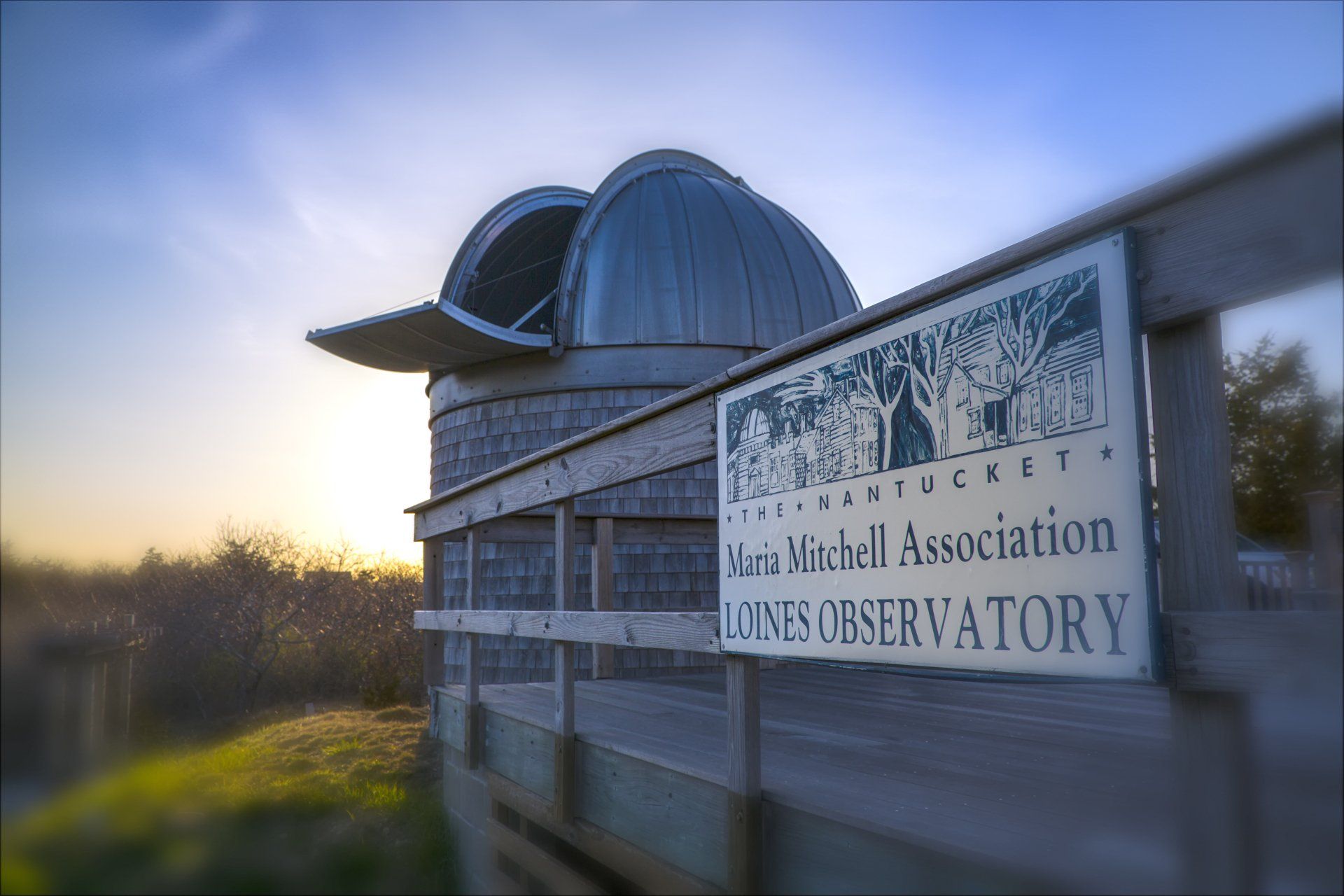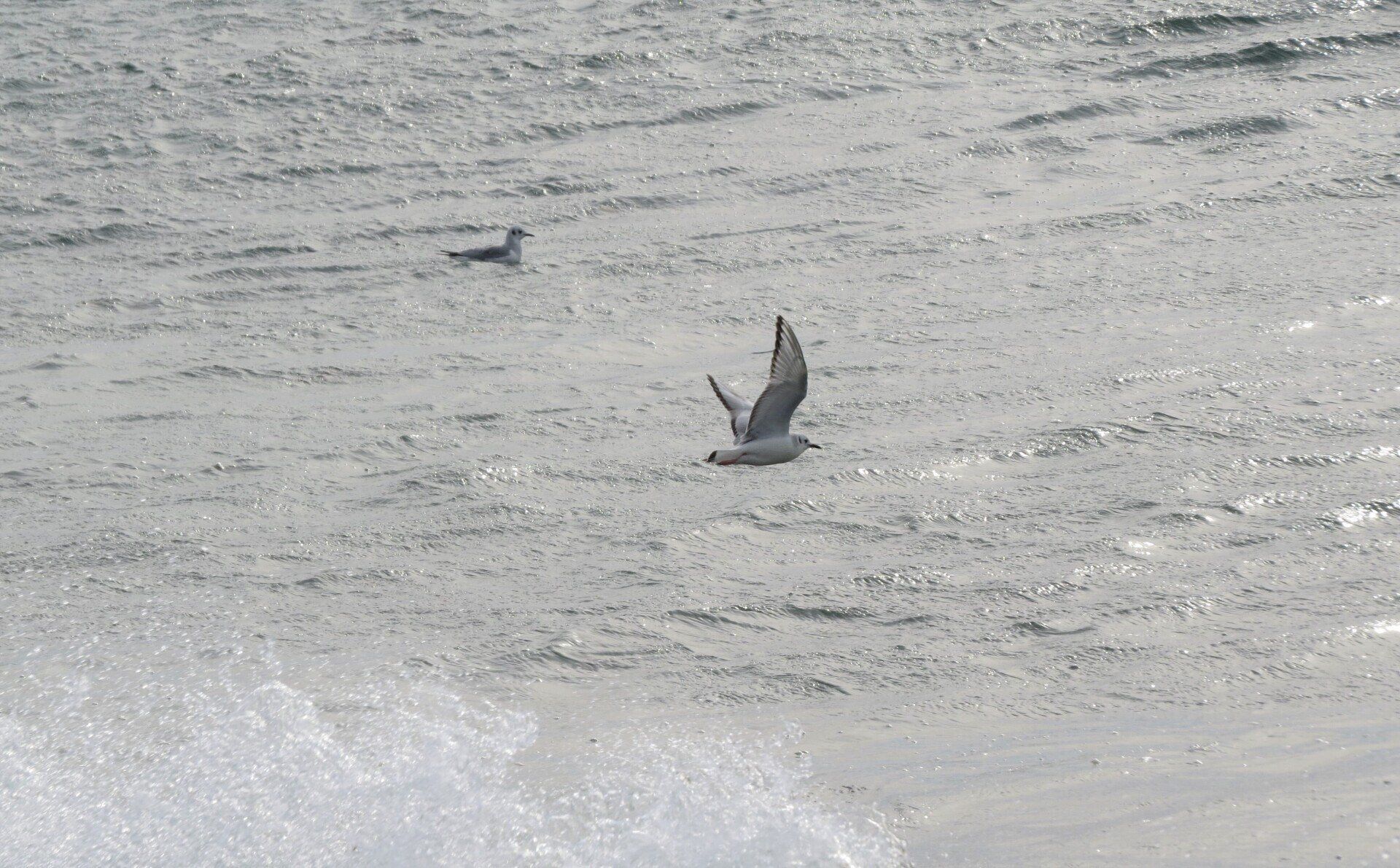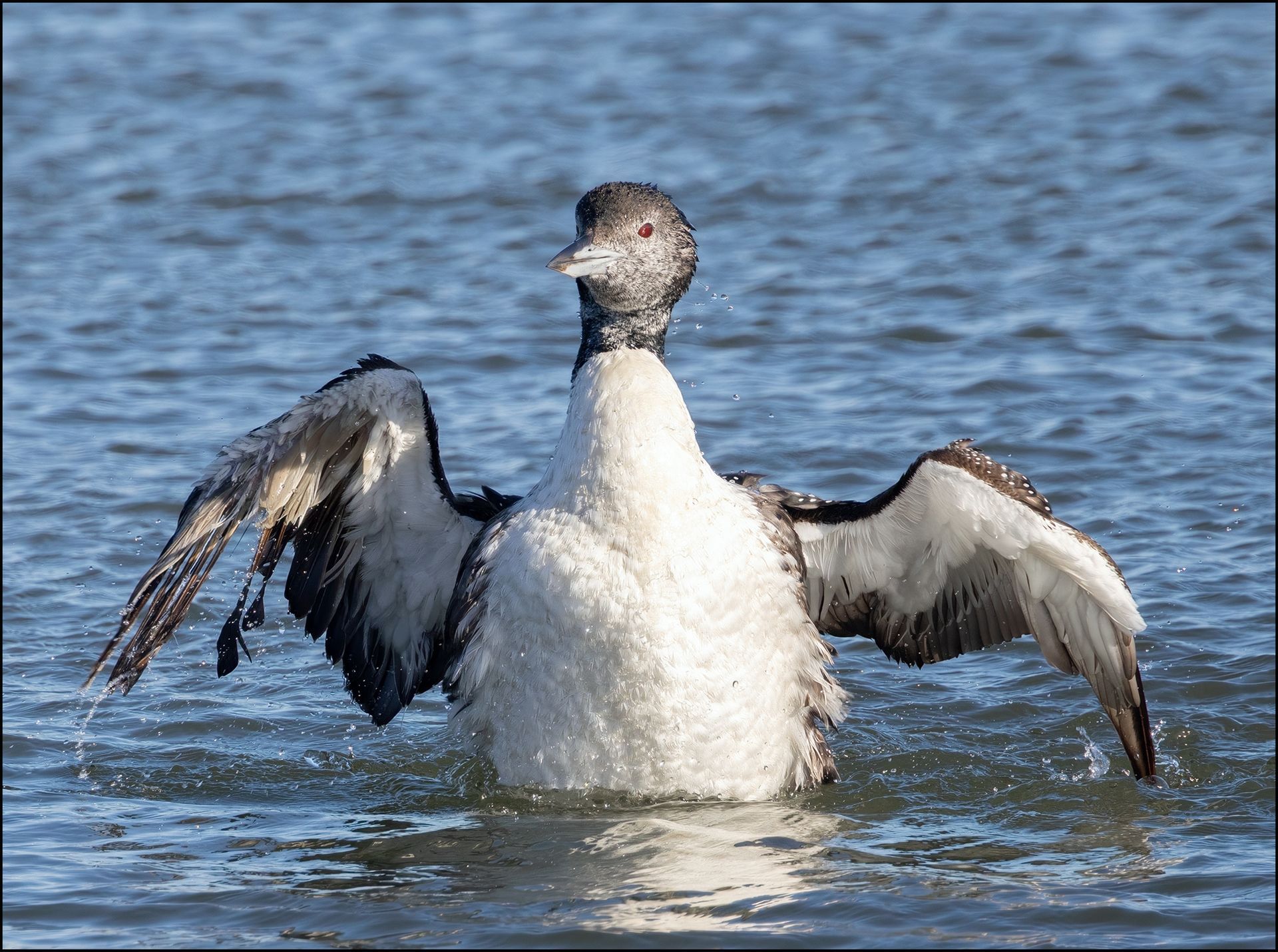Keep Calm and Bird On: December 2022
“If you don’t look, you don’t see. You have to go and look.”
-Edith Andrews
Perhaps the biggest challenge to winter birding on Nantucket is not the cold as measured by thermometer, but the wind. Wind’s icy fingers, at about 25-30 MPH, can penetrate most clothing. Yes, layers are important. But the real trick comes in always trying to find a lee in which to set up a scope. A dune, a bush, or with enough space to angle it as a windbreak, your car, can make the difference between invigorating and bone-chilling. Another tip is to pick the location to get the sun behind you, so it illuminates the scene rather than shining into your eyes.
There is certainly plenty to look at in winter. It presents a totally different picture from summer. Ducks, for whom our ponds are “south-for-the-winter” enough, reward us for braving the chill. American Wigeon (known to older birders as “Baldpates” for the white stripe on their foreheads) Northern Shovelers, Bufflehead, Ruddy Ducks, American Coot and more can be found in ponds such as Miacomet, Sachacha, Capaum, and the North Head of Long Pond. Nantucket has been called the best place to see Redheads in Massachusetts.
For those who enjoy a bigger challenge, winter gulls offer a variety of identification challenges. Pictured are Bonaparte’s Gulls—one of our smaller winter gull species. Unlike our familiar ground nesting gulls, they nest in trees of the boreal forest. Larger white-winged Gulls such as Iceland and Glaucous are another reason to go to the beach in the off-season. Three species of scoters, two species of loons, a couple of types of Grebe, are also winter ocean regulars. And among the dunes, Horned Larks or Snow Buntings may take flight. Despite wind and cold, life goes on.
Recent Posts





